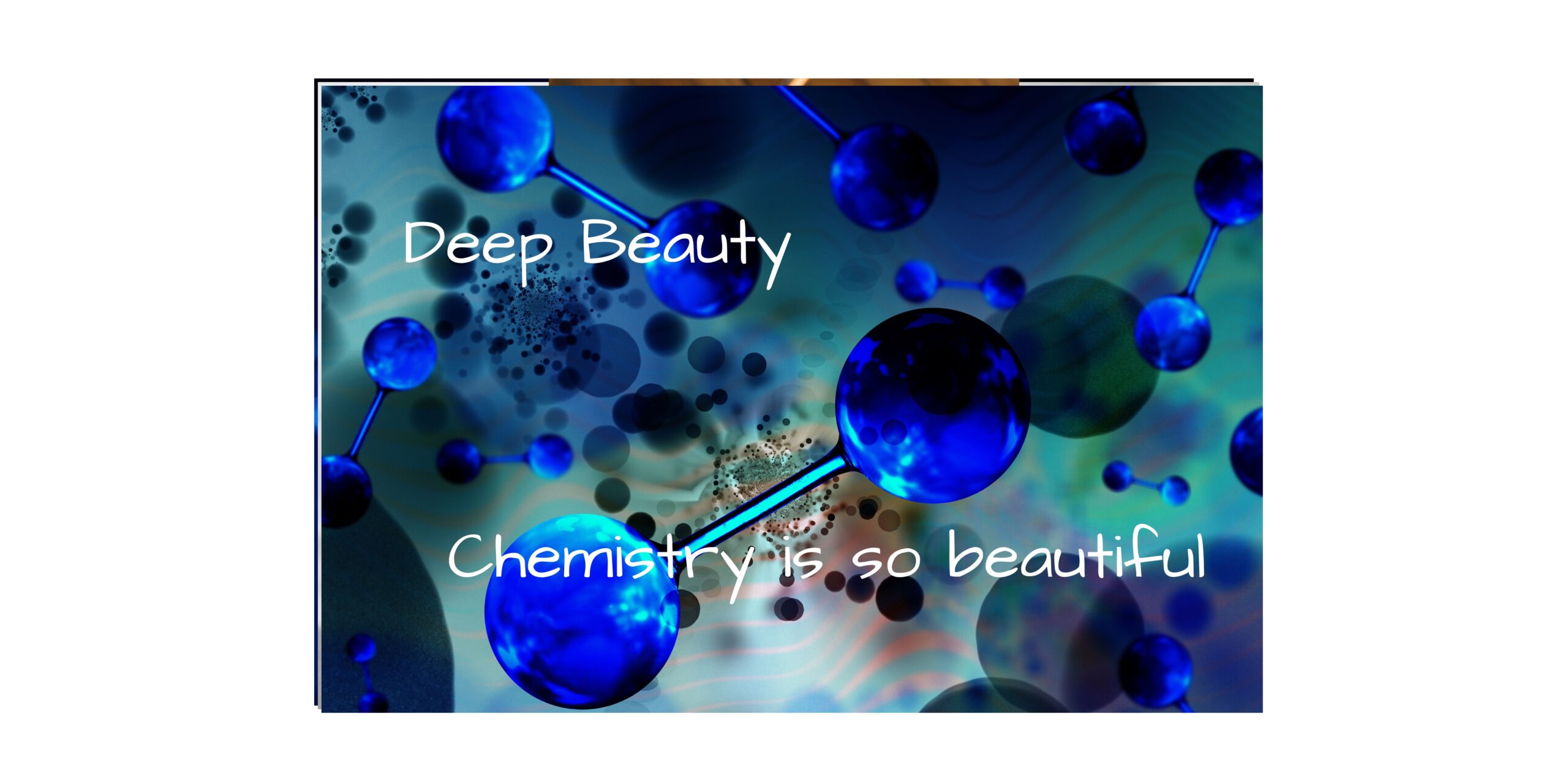Beauty, at the deepest level, is the membrane. This intricate structure envelops our cells providing protection. It is, however, far more than a protective layer.
The cell membrane contains proteins that function as hormone receptors and ion channels, allowing communication with the rest of the body, and regulating cellular function. The membrane structure of mitochondria allow them to be our energy factories–it is in the mitochondrial inner-membrane that energy is made. Membranes in the brain and peripheral nervous system conduct action potentials sending messages that allow thought and movement. Membranes are the essence of life.
Membrane structure

The membrane is a sandwich, a bilayer of phospholipids with cholesterol, proteins and fatty acids spanning the layers. These fats and proteins allow for the dual quality of stability and fluidity.
Damaged membranes = disease
In disease states membranes are sometimes rigid, sometimes flipped inside out, sometimes crumbling and almost always dysfunctional. The autoimmune condition, anti-phospholipid syndrome, is an important example, where the immune system builds antibodies against the phospholipids of the cell membrane. Other examples of diseases of membrane dysfunction are the neurodegenerative disorders multiple sclerosis and Parkinson’s disease.
When our membranes are not healthy we suffer severely. Because the mitochondria can’t work efficiently, there is no cellular (or any other) energy. The nervous system is jittery and won’t operate in sync, affecting mood, thoughts and movement. Hormone receptors and ion channels are impaired, thus the cell cannot communicate with or regulate its environment, leaving us out of balance.
Heavy metals, chemicals, biotoxins and infectious organisms damage cell membranes by shearing off the healthy fats that stabilize them. These healthy fats are like studs in the wall, and they get damaged by the termites of toxins. Trans-fats in the diet act like plastic in the membrane, altering the fluid nature and disrupting function. Unhealthy very-long-chain fatty acids also disrupt the membrane balance. These renegade fats are found in vegetable oil and canola oil. It is even possible to have too many omega-3 fatty acids in the membrane, which are easily oxidized (damaged like rust) thereby disrupting membrane health.
Healing the membrane to restore health
Restoring healthy membranes occurs in two steps. First, avoid exposure to things that damage them. No kidding, right? If it hurts, don’t do it! If it is a toxic burden then supporting detoxification pathways is important. If it is an infectious agent, immune support is the key. If it is diet, change the way you eat.
Equally important is rebuilding the damaged membrane wall by providing building blocks—phospholipids and healthy fats. Phosphatidyl choline is a major phospholipid in the outer cell membrane, whereas phosphatidyl ethanolamine is prominent in the mitochondria. Butyrate, a short-chain fatty acid, helps by effectively scooping out damaged fatty acids in the membrane so that healthy ones can be placed in their stead.
Healing with diet
Removing renegade fats from our diet is very important. Most fats/oils are damaged with high heat, so fried foods can be a problem. Sorry, but vegetable, canola and corn oil are all examples. Coconut oil, on the other hand, withstands heat much better and can be used for cooking without damaging its structure. Trans-fats are a no-brainer–avoid them like the plague! This means you have to avoid processed foods, because trans-fats are used due to their prolonged shelf life–plastic doesn’t rot.
Restoring healthy fats through diet is the next step. Phospholipids are found in egg yolks, liver, red meat, lentils, and raw sunflower and pumpkin seeds. Butyrate is plentiful in ghee. Avocado, extra-virgin olive oil and coconut oil all contain healthy fats. Fat absorption requires bile acids, so liver and gallbladder function are important.
Omega-3 fatty acids are important, but here is where it gets tricky. We need them, but they are very delicate and easily damaged. Wild-caught (not farm-raised corn-fed) small-sized (not loaded with bio-accumulated mercury) fish are the best source, but they are hard to come by. Omega-3 supplements can be helpful IF (BIG if) they are not already oxidized (damaged) by the time we consume them. Whew that’s a lot! DEFINITELY avoid cheap brands. If they smell rancid then they ARE rancid–don’t take them. I individualize therapy, taking into account the oxidative-stress burden of my patients. If this burden is very high, I delay treatment with omega-3’s until it is lessened. First, do no harm.
When diet isn’t enough
If you are basically healthy, a diet as above may be all you need to maintain healthy membranes. If you have severely damaged membranes and are suffering a chronic illness as result, you may need membrane therapy.
Oral therapy consists of butyrate and phospholipids along with bile acids to increase absorption. If the damage is extreme or the gut is severely impaired, intravenous therapy may be necessary.
What should you do?
If you want to maintain good health and age gracefully, take care of your membranes. If you suffer from a chronic illness, work to repair your membranes. Start by avoiding bad fats and adding good ones in your diet.
If you need additional help, seek the guidance of a practitioner who understands the importance of membrane health. As a functional medicine physician, seeking to identify and treat the root cause of illness, I believe membrane health is key to vitality.
Beauty is definitely MORE than skin deep–it is in the membrane.





